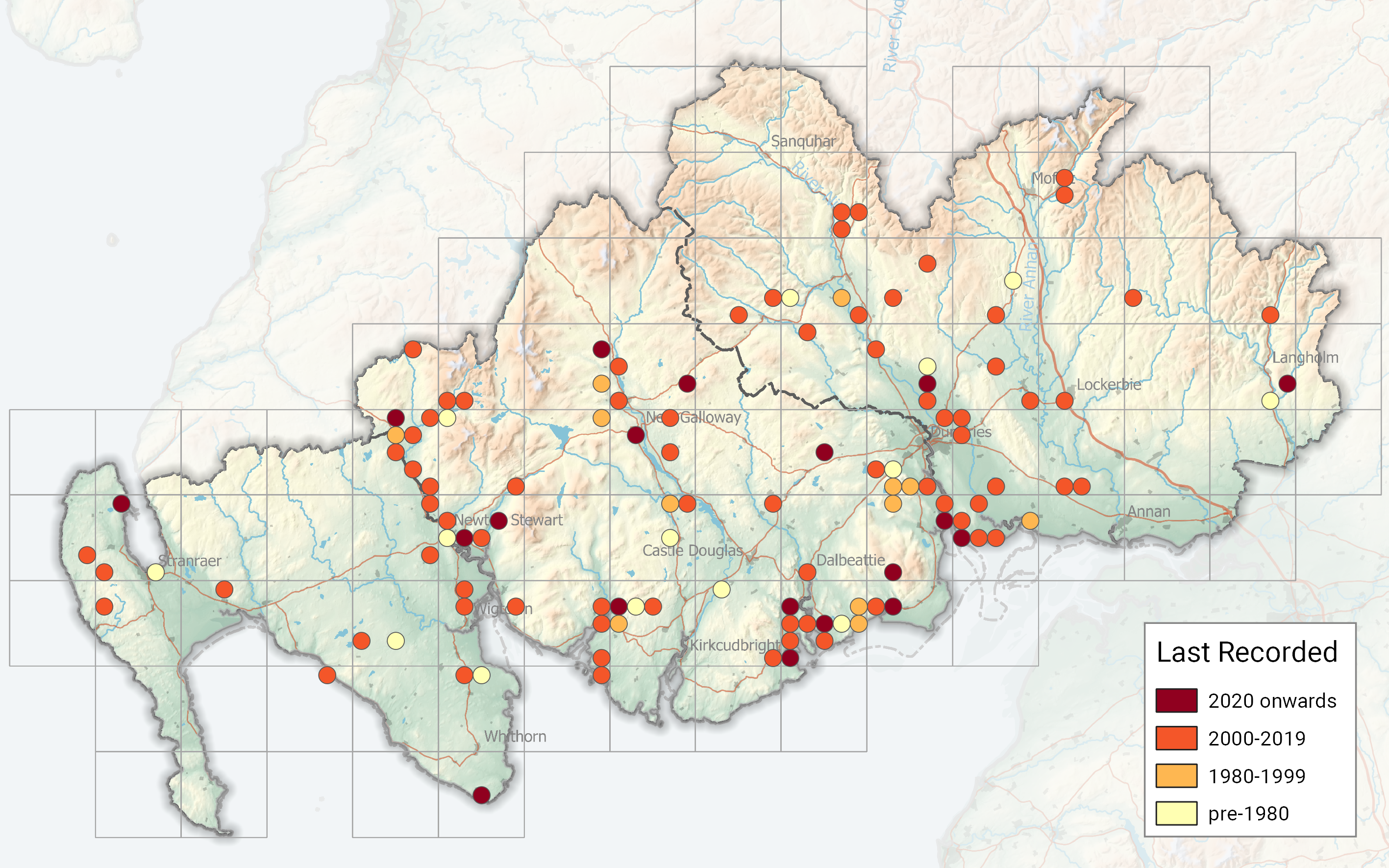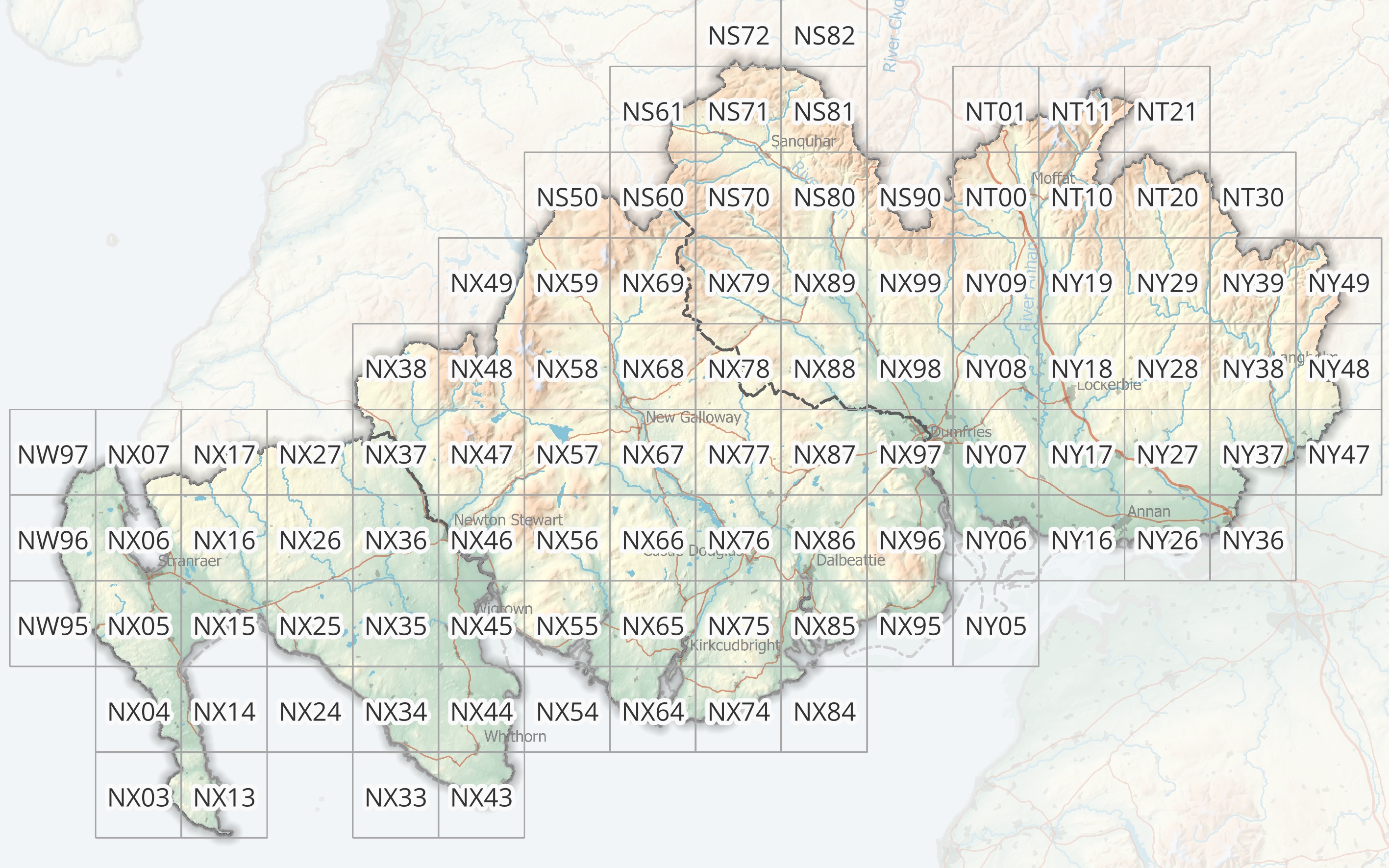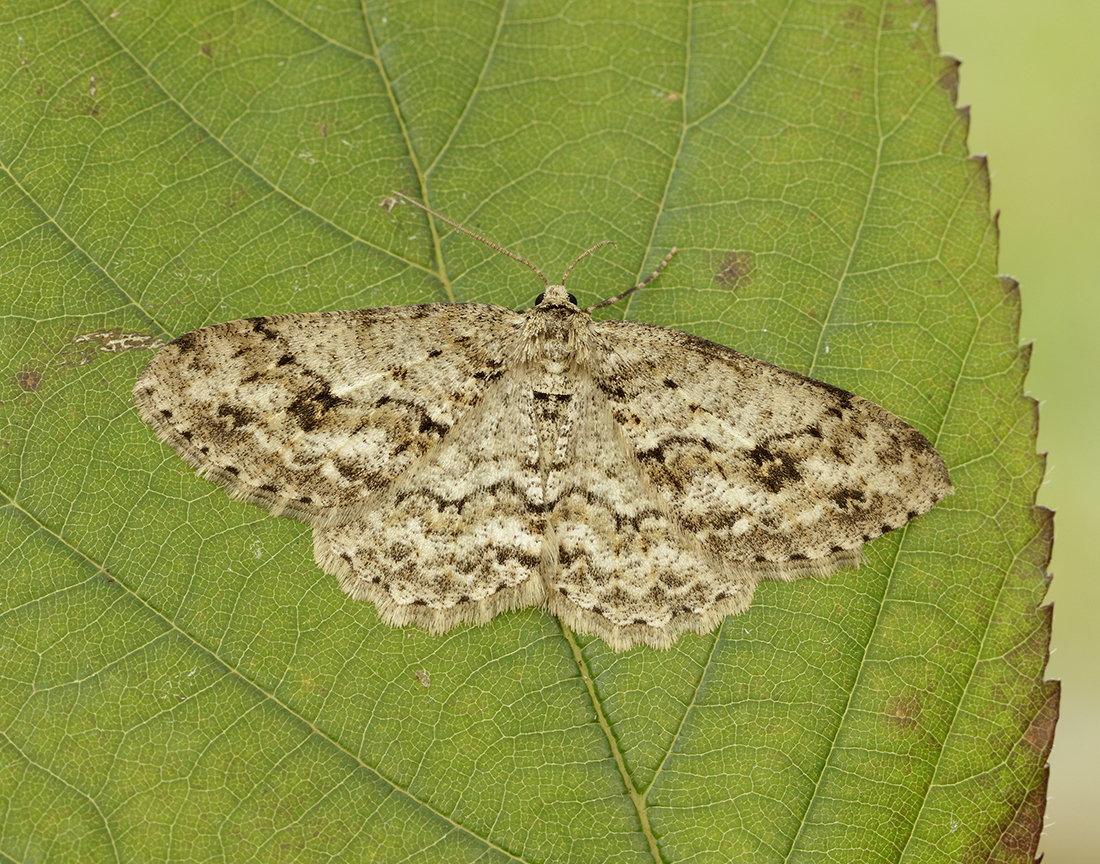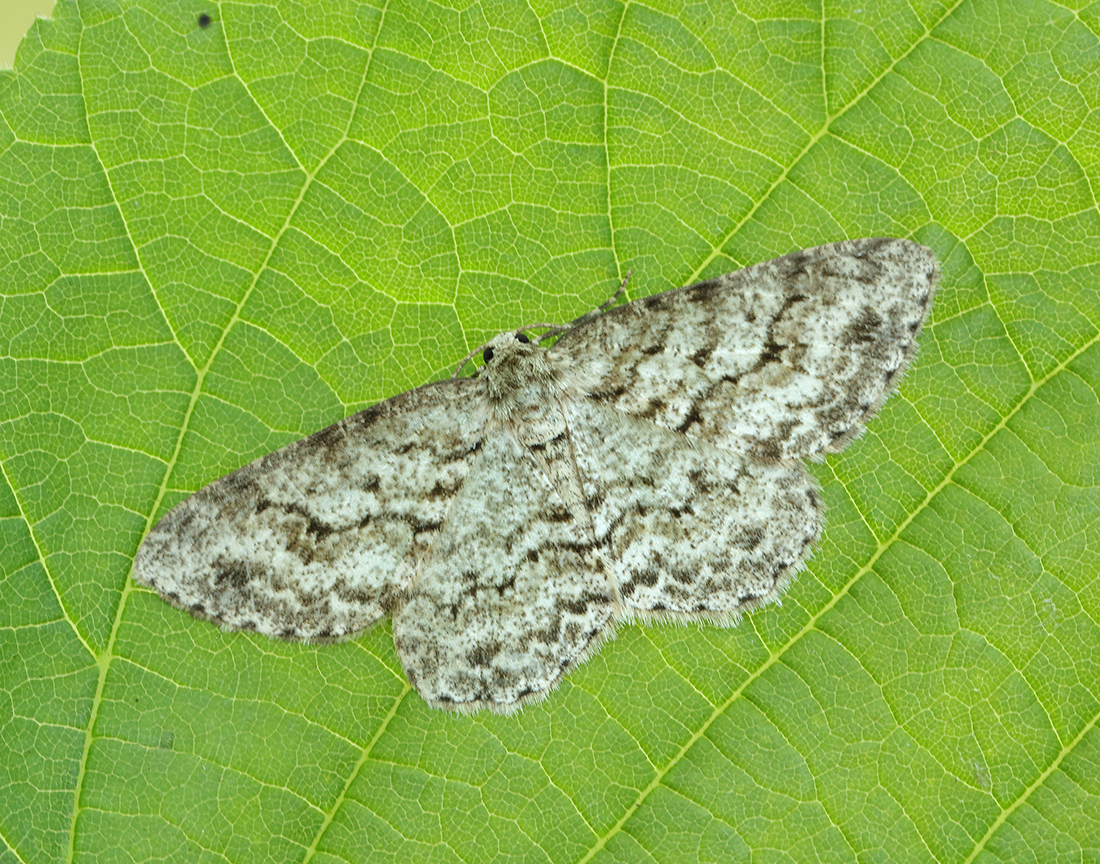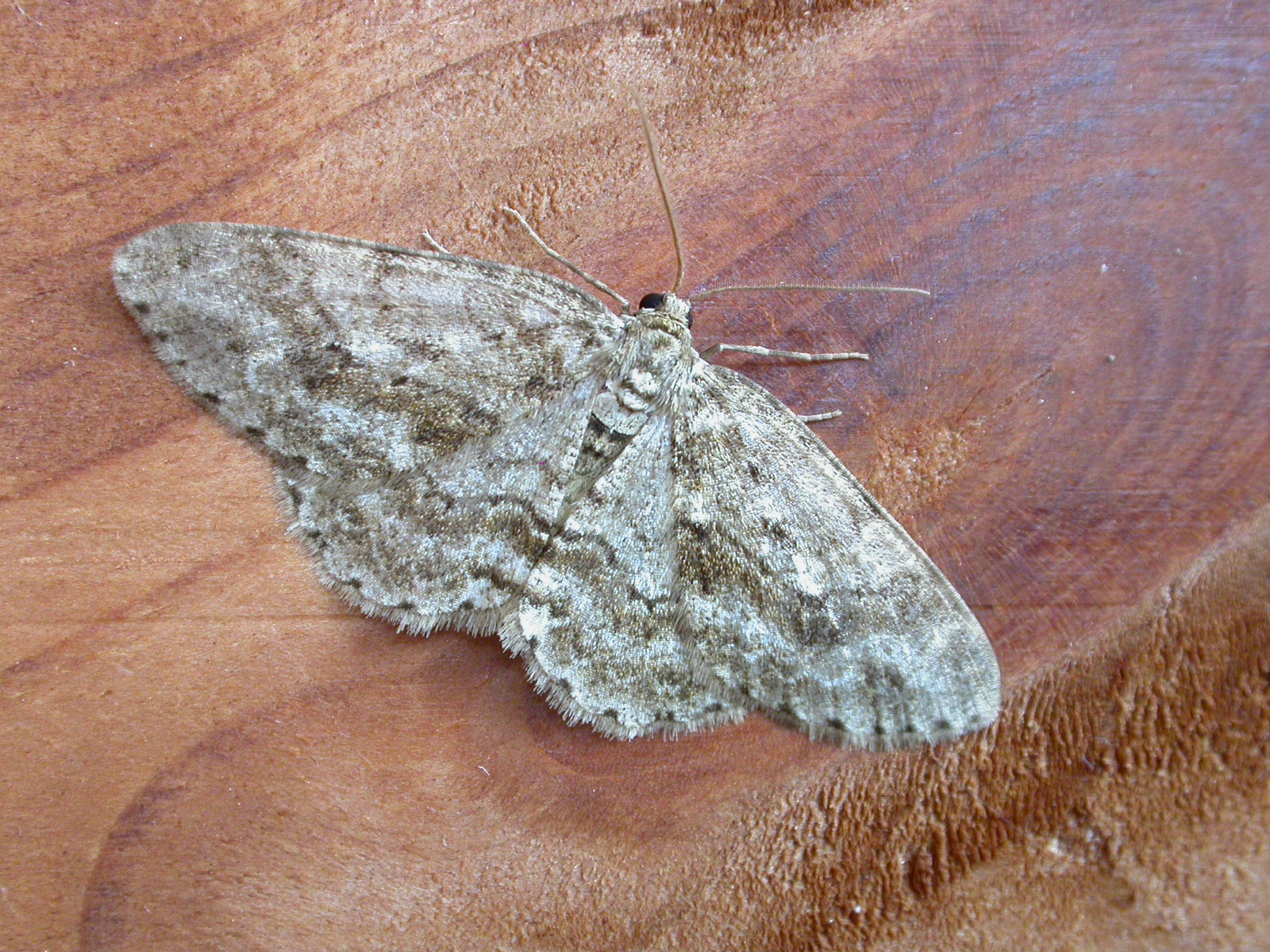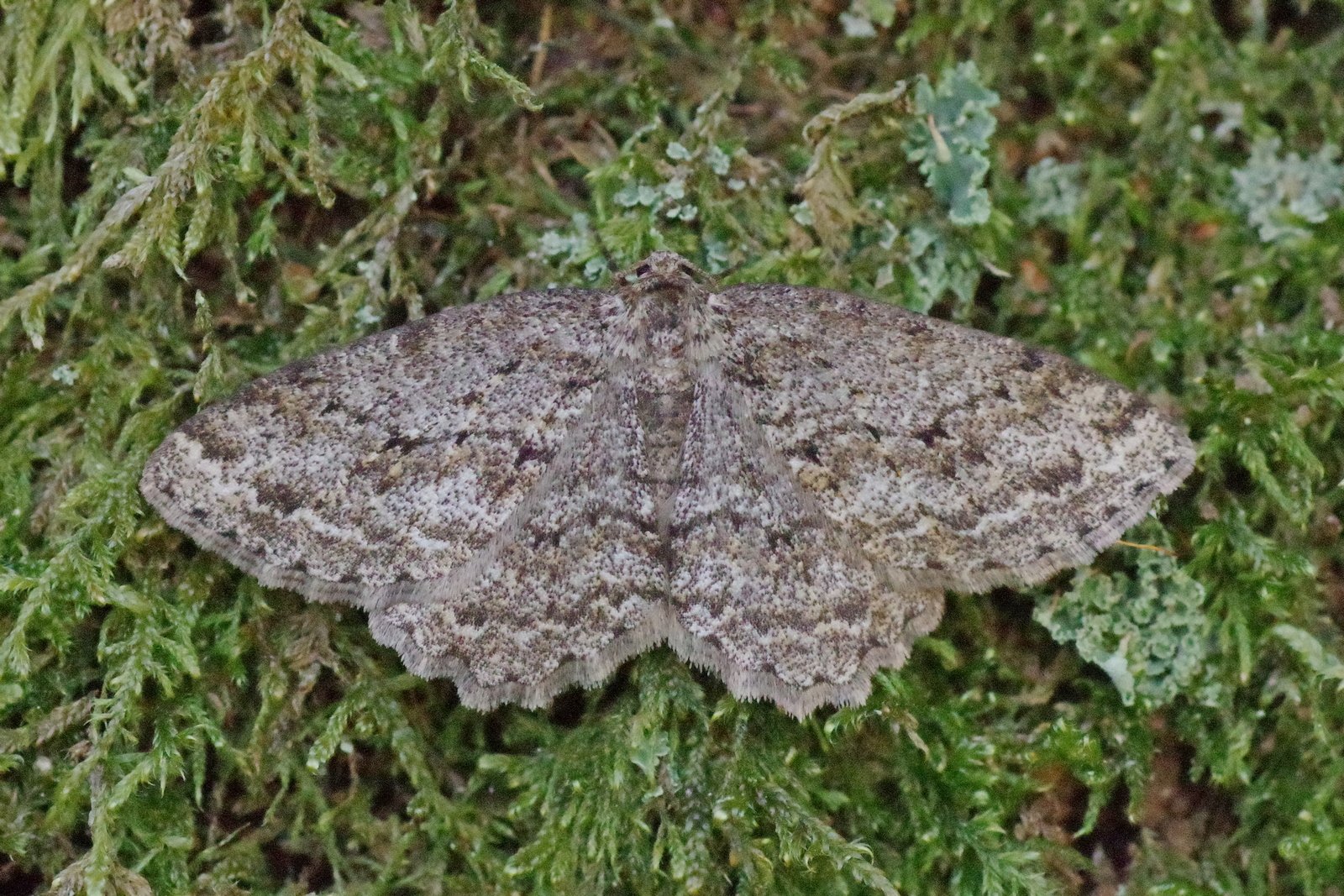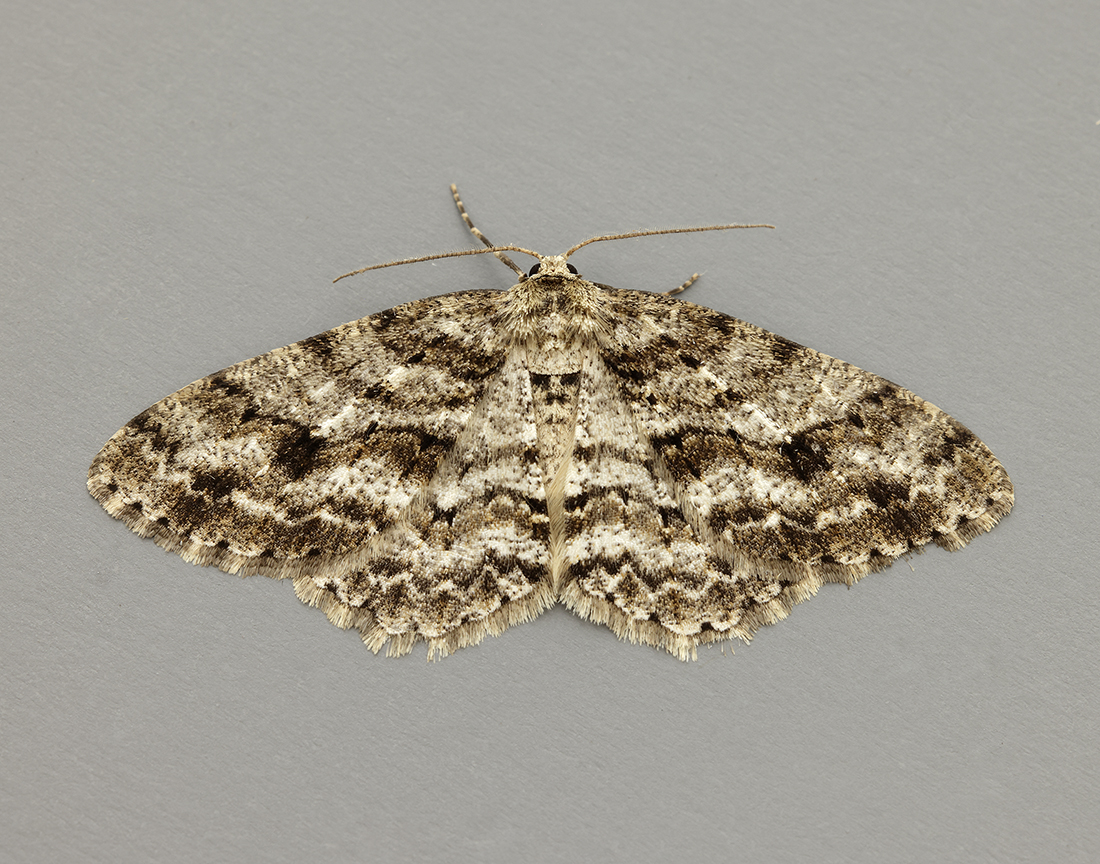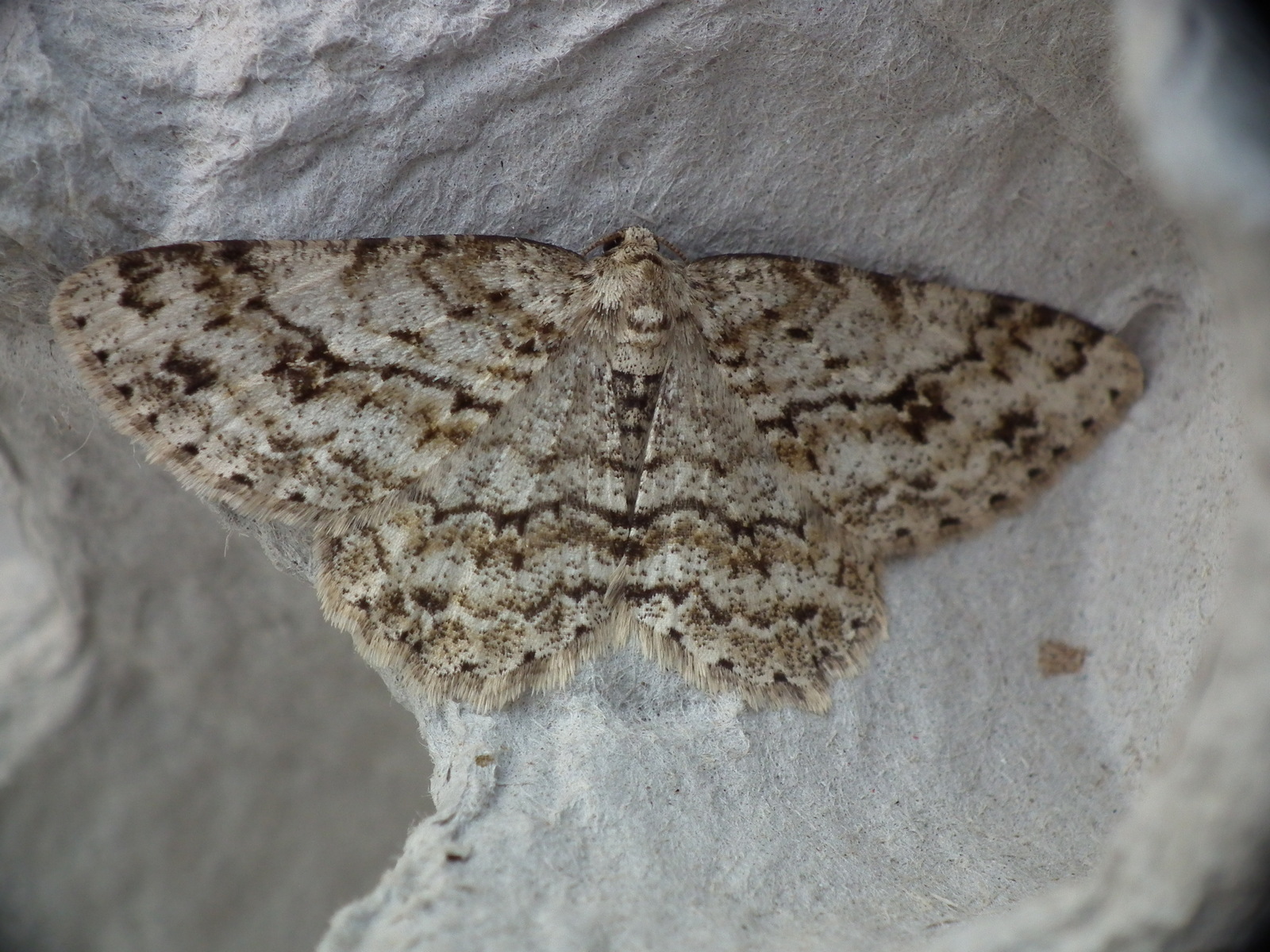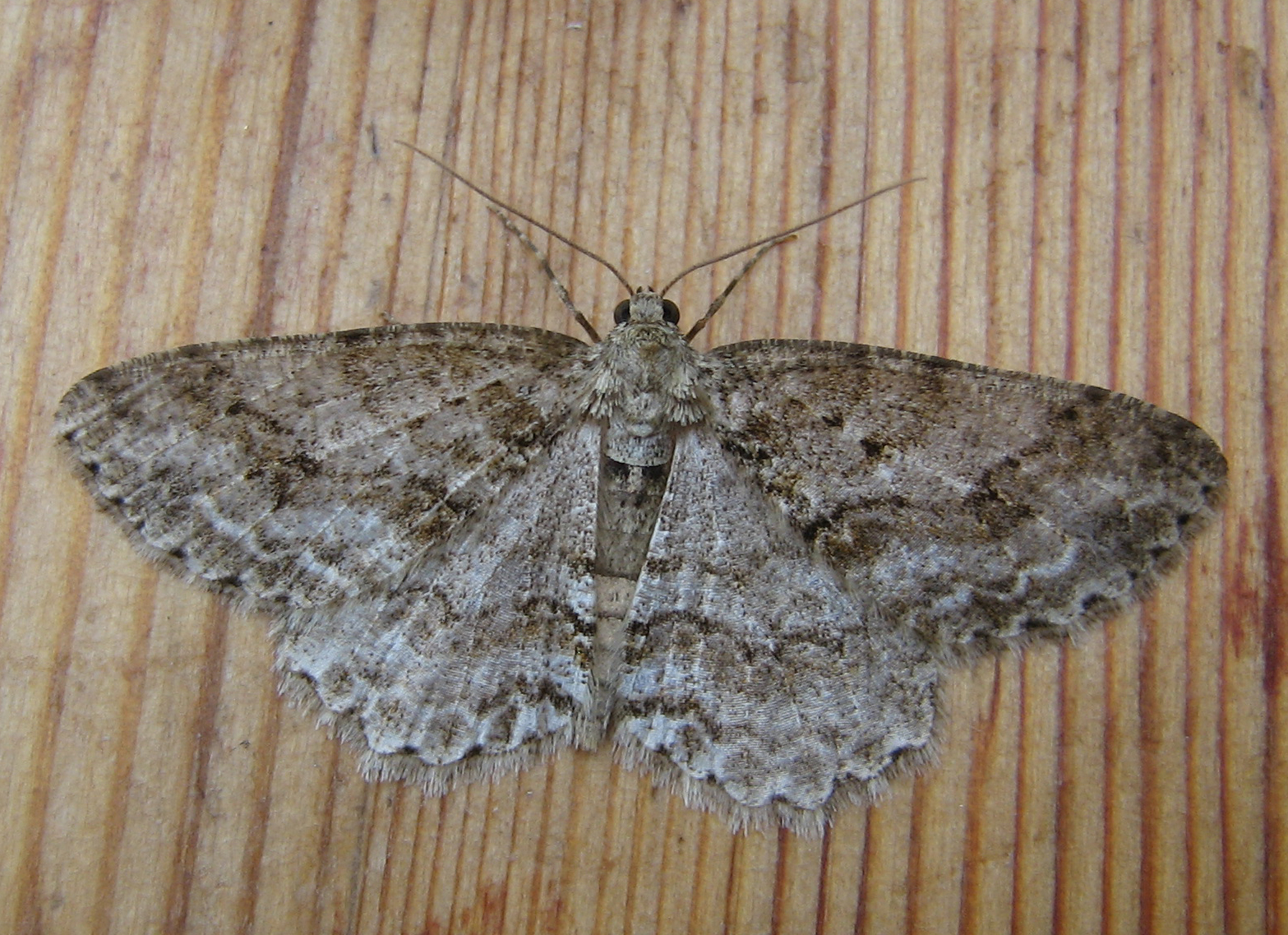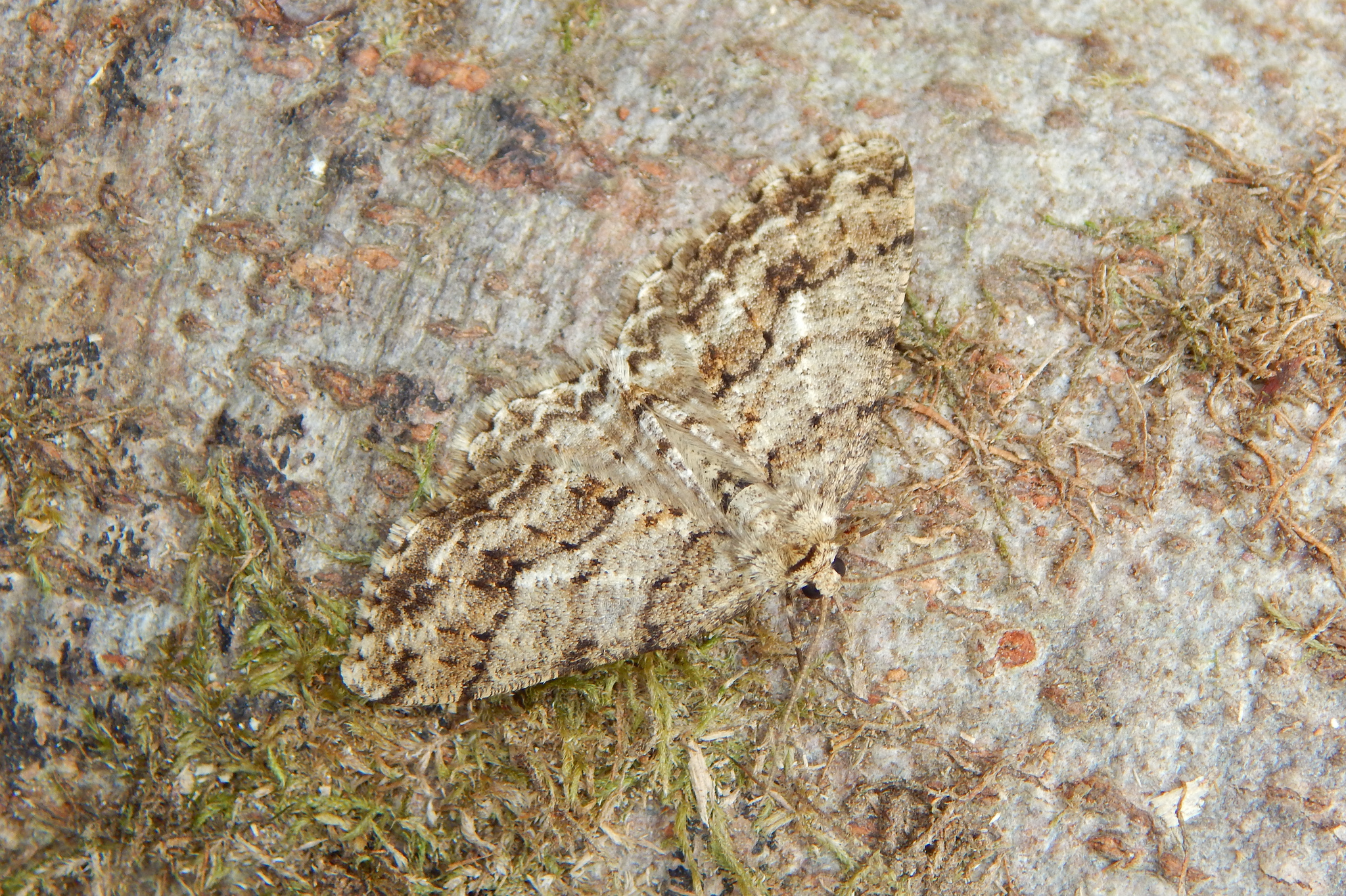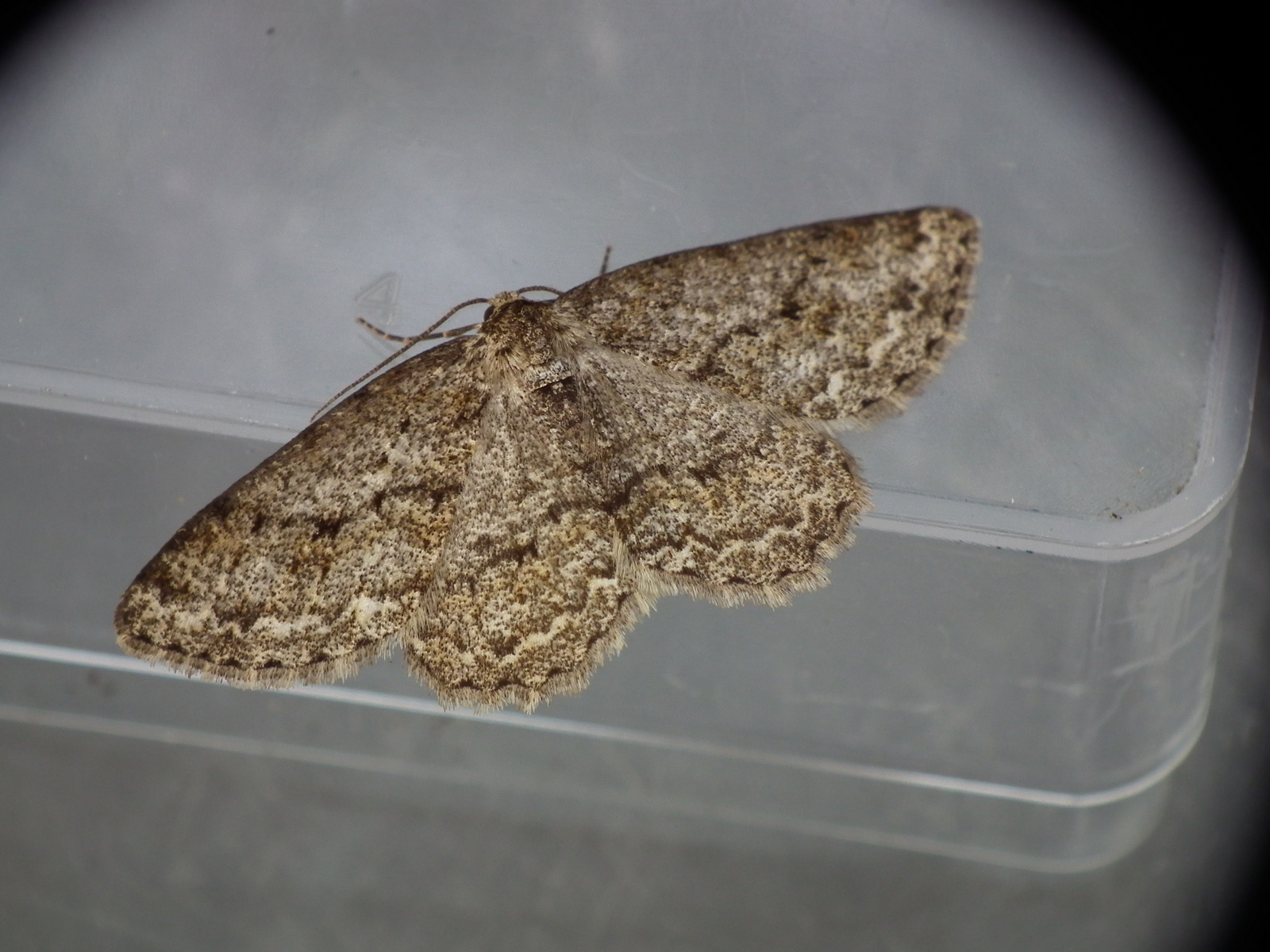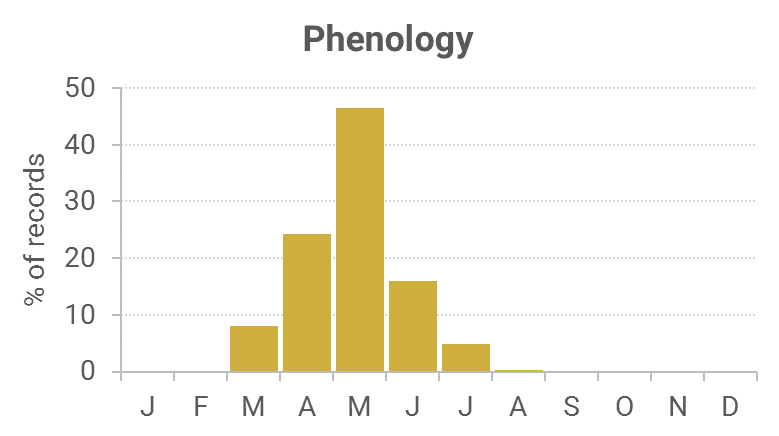Identification
Very variable. Formerly considered in the UK as two separate species, Engrailed and Small Engrailed (70.271). Recent DNA profiles are now complete, and have proven Engrailed and Small Engrailed are one and the same. Older ID books (e.g Waring et al. (2003, 2009) and Skinner (2009)) list the species separately.
Recording method
Adults can be found on tree trunks during the day, comes to light.
Life cycle
One or two generations, up to three further south of UK. Overwinters as a underground pupa. Larvae present May to June, again August to September.
Larval foodplants
A wide variety of woody plants, including Broom, Downy Birch, Hawthorn, Hazel, Hornbeam, Sallows, Spindle and Wild Privet to name a few.
Habitat
Mainly broadleaved woodland, but also in gardens, hedgerows and scrubby areas.
History
First recorded for Dumfries and Galloway in 1820 for VC72 (as a Small Engrailed) at Raehills by Little, in 1862 for VC73 (as a Small Engrailed) at Dalskairth by Lennon and in 1912 for VC74 (as a Small Engrailed) at Corsemalzie by Gordon. The first record of this moth as an Engrailed was in 1930 for VC72 at Closeburn by Duncan.

